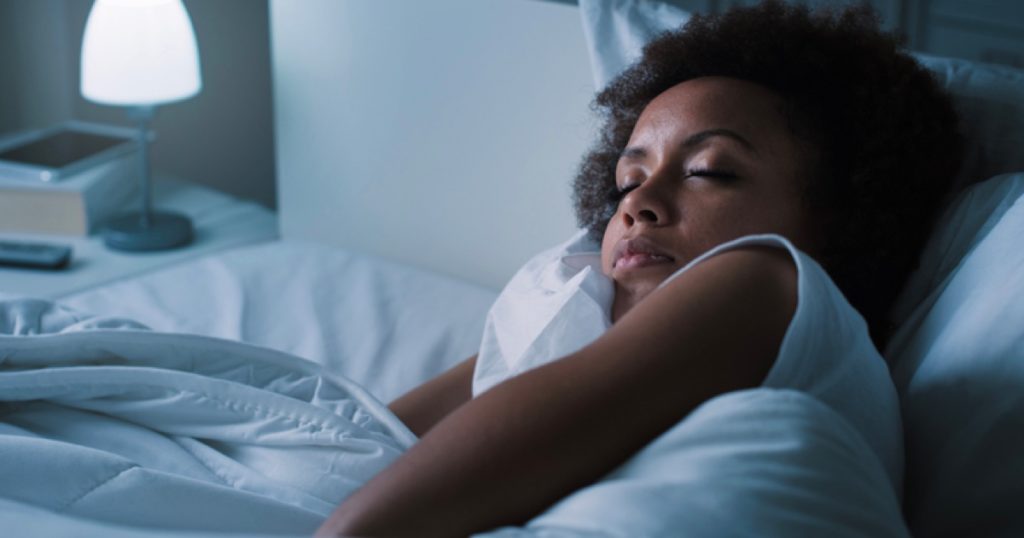Summary
- Sleep Apnea is when breathing stops for 10 seconds or more during sleep.
- Nearly 1 billion adults worldwide suffer from undiagnosed sleep apnea.
- Treating sleep apnea can reduce the risk of heart disease and motor vehicle accidents.
- CPAP Therapy is the most effective therapy for moderate to severe sleep apnea.
Sleep Apnea
Sleep apnea is serious sleep disorder in which breathing stops and starts repeatedly during sleep. If breathing stops for 10 seconds or more, it is classified as an Apneic event that could cause a drop in blood oxygen levels and a increase in blood pressure. Sleep apnea is often associated with habitual loud snoring which can enable their bedside partners the ability to get a good night’s rest. If you snore, it doesn’t always mean that you suffer from sleep apnea but without an overnight sleep evaluation to confirm it you could be at risk and don’t even know it. A significant sign of sleep apnea is feeling tired all the time and having the tendency to doze off at inappropriate times like at work or even worse while driving a motor vehicle which contribute to more than 100,000+ accidents per year in the USA.
Sleep plays a very important role in maintaining good health and can affect your quality of life as well. A recent published assessment indicated that nearly 1 billion people worldwide suffer from undiagnosed Sleep Apnea and less than 20% have been treated.
Self-help treatments for Sleep Apnea:
For mild to moderate sleep apnea sufferers, sleeping on your left or right sides instead of on your back may reduce the amount of apneic events during sleep and even minimize the sound of snoring but should be confirmed by an overnight sleep study reviewed by a sleep specialist.
- Maintaining Your Weight: According to a survey, the majority of people diagnosed with sleep apnea where considered obese (BMI>30). Obesity often is associated with a larger neck circumference (men greater than 16.5 inches/women greater than 15 inches) that adds extra tissue in the throat, which leads to possible air obstruction, causing habitual snoring. Losing weight can sometimes reduce the risk of sleep apnea but weight may not always be the issue causing the airway blockage or lack of breathing during sleep.
- Try to Exercise regularly: Exercising daily strengthens your body and mind. It also improves sleep habits. Various exercises such as Yoga increases the supply of oxygen by improving the respiratory system.
- Adopt a Healthy Diet: Eating right and healthy food can help rev up your energy. Eating veggies and fresh fruits improve digestion and provide energy, which in turn improves sleep.
Avoid Smoking & Alcohol: To promote better sleep habits, you must quit smoking and alcohol. The sleep cycle is greatly affected by smoking and alcohol consumption since your airways become inflamed, obstructing the airflow.
Adopting these habits will definitely help with your sleep apnea condition.
CPAP Therapy for Sleep Apnea
There are many different ways to treat sleep apnea yet the most effective solution is Continuous Positive Airway Pressure (CPAP) therapy. CPAP therapy helps to overcome sleep disordered breathing problems by increasing the pressure of air in the airway when the throat muscles become relaxed during sleep.
CPAP therapy requires the use of a nasal mask and tubing to connect to the CPAP machine. There are different modes of CPAP therapy to include APAP, BiPAP and Adaptive Servo Ventilation (ASV). An overnight sleep study will determine the severity of Sleep Apnea and a recommendation for treatment is usually provided by the referring Physician and or Specialist.
CPAP machines are now available worldwide. To purchase a CPAP machine, a recent sleep study and or prescription from a physician is required.
ISD Health Solutions currently offers a free sleep consultation to discuss any of your sleep concerns and also provides convenient at Home Sleep Testing options to include a Physician prescription if medically necessary. CPAP machines and accessories are also available at our Sleep Store www.isdhealthsolutions.com/store
References
1. Punjabi NM. The epidemiology of adult obstructive sleep apnea. Proc Am Thorac Soc. 2008;5(2):136–43.
2. Peppard PE, Young T, Barnet JH, Palta M, Hagen EW, Hla KM. Increased prevalence of sleep-disordered breathing in adults. Am J Epidemiol. 2013;177(9):1006–14.
3. Schwartz AR, Patil SP, Laffan AM, Polotsky V, Schneider H, Smith PL. Obesity and obstructive sleep apnea: Pathogenic mechanisms and therapeutic approaches. Proc Am Thorac Soc. 2008;5(2):185–92.
4. Sharples LD, Clutterbuck-James AL, Glover MJ, Bennett MS, Chadwick R, Pittman MA, et al. Meta-analysis of randomised controlled trials of oral mandibular advancement devices and continuous positive airway pressure for obstructive sleep apnoea-hypopnoea. Sleep Med Rev [Internet]. 2014;27:108–24. Available from: http://dx.doi.org/10.1016/j.smrv.2015.05.003


